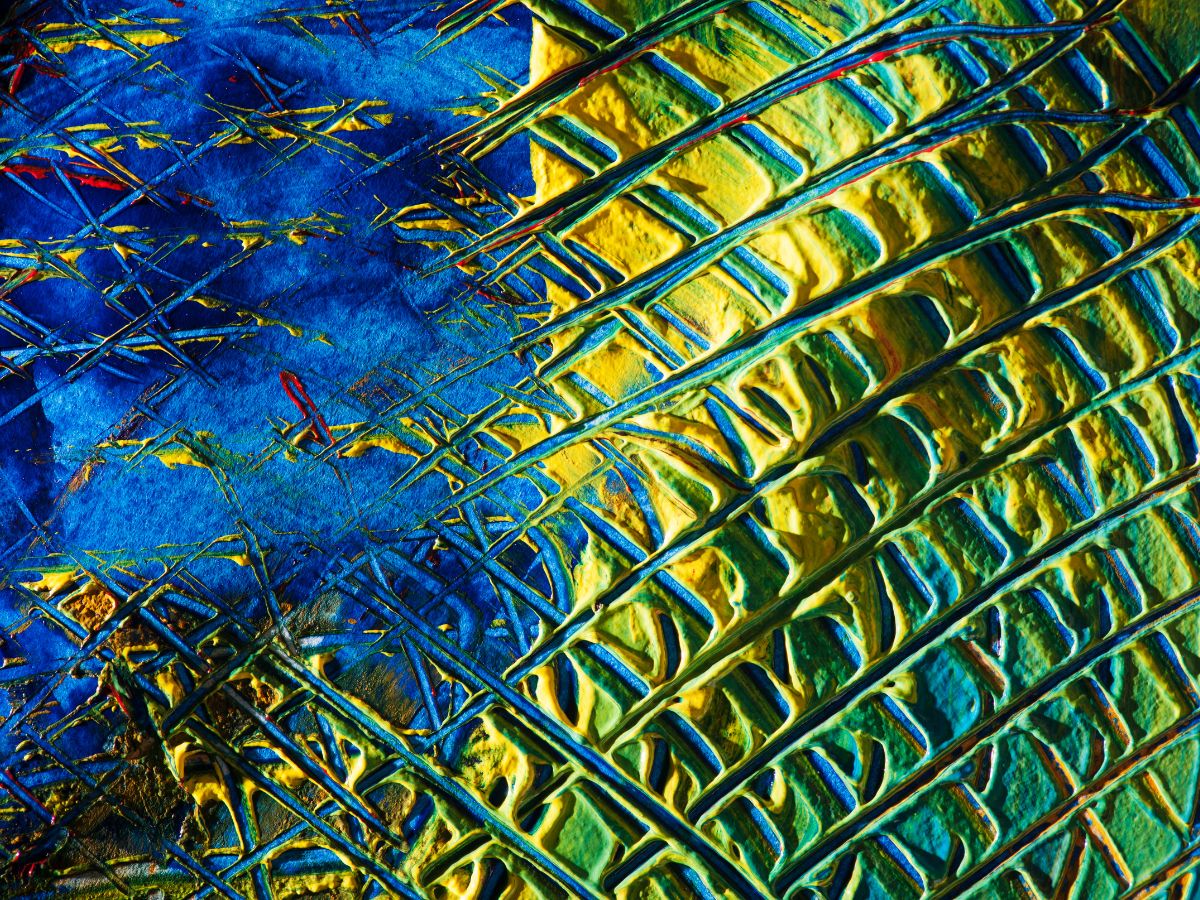
Mastering Impasto: Adding Texture and Dimension with Thick Paint
Impasto is a painting technique that involves applying thick layers of paint to create texture and dimension. This method, often associated with expressive and dynamic artworks, allows artists to add depth and movement to their pieces. Try the impasto techniques to open up new creative possibilities.
Impasto has been used by artists for centuries, with notable examples seen in the works of Vincent Van Gogh and Rembrandt. Van Gogh’s expressive brushstrokes and thick applications of paint create a sense of movement and emotion, while Rembrandt used impasto to highlight certain areas of his paintings, adding a sculptural quality to his work. These masters demonstrated the power of impasto in creating visually compelling and textured art.
Materials and Tools
To get started with impasto, you’ll need the right materials and tools. Heavy-bodied acrylics or oil paints are ideal due to their thick consistency. You’ll also need a variety of palette knives and brushes. Palette knives are particularly useful for spreading and sculpting paint, while stiff-bristled brushes can help create different textures and effects.
Basic Impasto Techniques
Begin by applying thick layers of paint directly to the canvas. Use a palette knife to spread the paint, creating ridges and peaks that catch the light and add texture. Brushes can be used to create softer textures or to blend colors while maintaining the paint’s thickness.
Tip: Try painting a sunflower and experiment on using differenet knife angles and pressures to achieve various effects.
Advanced Impasto Techniques
Once you’re comfortable with the basics, try more advanced techniques. Layering colors can create a rich, multi-dimensional effect. Start with a base layer of one color and add successive layers of different colors, allowing some of the underlying hues to show through. This technique can add depth and complexity to your work. Also, try blending colors directly on the canvas to create smooth transitions and gradients within your thick paint applications.
Tip: Use ocean waves as a subject.
Working with thick paint requires some adjustments. Drying times can be longer, especially with oil paints. Patience is key; allow each layer to dry sufficiently before adding new ones to avoid muddying your colors. Keep your tools clean to maintain crisp lines and textures. Use a rag or paper towel to wipe your palette knives and brushes between colors.
Inspiration and Practice
The best way to master impasto techniques is through practice and experimentation. Start with simple exercises, such as creating a textured background or adding impasto details to a landscape. Look to the works of impasto masters for inspiration and pay attention to how they use texture and dimension. Over time, you’ll develop your own unique style and approach to this expressive technique.
Impasto painting is a dynamic and versatile technique that can add incredible texture and dimension to your artwork. By understanding the basics, experimenting with advanced methods, and practicing regularly, you can incorporate impasto into your creative repertoire. Embrace the tactile nature of thick paint applications and let your artistic vision come to life with texture and depth.
